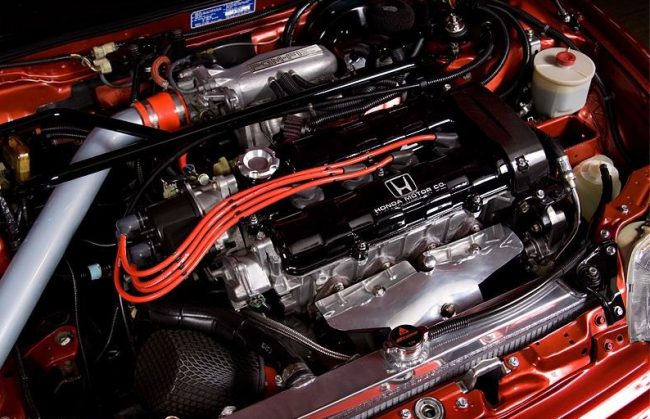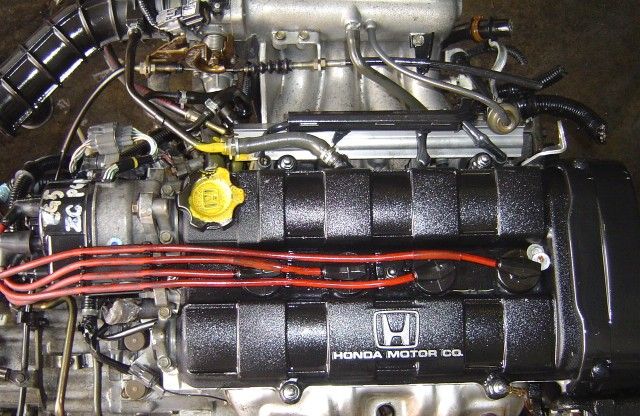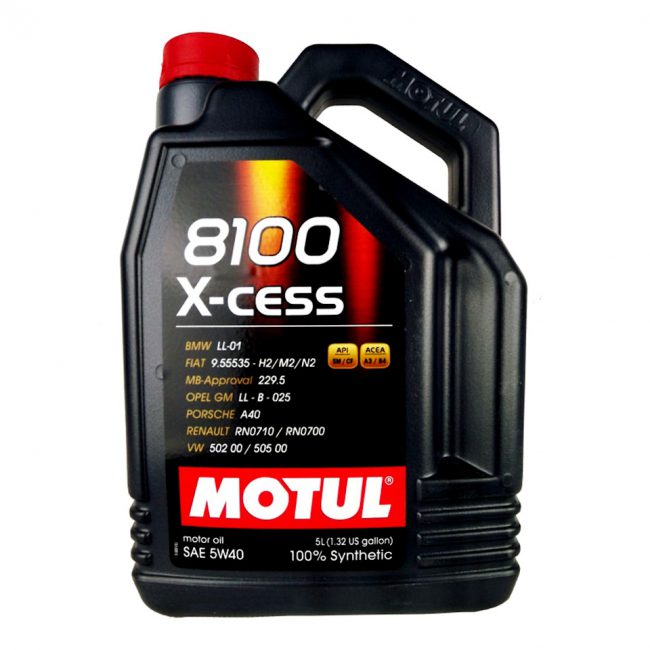
Honda ZC engine
Content
The Honda ZC engine is the closest analogue to the D-series engines, which are similar in design. The ZC marking is used exclusively for the Japanese market. In the rest of the world, internal combustion engines are known as D-series engines. Given the nearly identical design, the ZC is as reliable as the D-marked engines.

Once again, it is worth emphasizing that the ZC internal combustion engine is only a branch of the D series. The main difference is the presence of two camshafts. A conventional D-motor has only 1 shaft in its design. This is both a plus and a minus of the design. ZC in most cases is equipped with a second camshaft, but it does not have a VTEC system.
An interesting fact is that Honda ZC engines are not known outside the Japanese islands. Outside Japan, internal combustion engines are marked D 16 (A1, A3, A8, A9, Z5). In all cases, the design has 2 camshafts. Another distinctive feature is the settings for the operation of the power unit.
In general, the ZC motor is almost perfect. The inline four-cylinder engine rotates counterclockwise, which is natural for a Honda. It is a replacement for more powerful and expensive motors. It attracts with its impressive torque and power, ergonomics and simplicity.
Technical specifications
| Engine | Volume, cc | Power, hp | Max. power, hp (kW) / at rpm | Fuel / consumption, l/100 km | Max. torque, N/m at rpm |
|---|---|---|---|---|---|
| ZC | 1590 | 100-135 | 100 (74) to 6500 105 (77) to 6300 115 (85) to 6500 120 (88) to 6300 120 (88) to 6400 130 (96) to 6600 130 (96) to 6800 135 (99) to 6500 | AI-92, AI-95 / 3.8 – 7.9 | 126 (13) to 4000 135 (14) to 4000 135 (14) to 4500 142 (14) to 3000 142 (14) to 5500 144 (15) to 5000 144 (15) to 5700 145 (15) to 5200 146 (15) to 5500 152 (16) to 5000 |
The engine number is located on the left at the junction of the engine with the box. Visible from the hood without problems if you wash the engine.
Reliability, maintainability
Honda ZC over the years of operation has confirmed its reliability and resistance to extreme loads. Internal combustion engines are able to withstand long-term movement without oil and coolant. The oldest candles can serve on the motor, sometimes from Japan itself. The power unit is able to operate on the lowest quality fuel.
The cost of spare parts is more than affordable for any motorist. No less pleased with the maintainability. If necessary, scheduled maintenance or more serious repairs are carried out in a conventional garage. The engine runs on any oil. With at least some compression, it starts up confidently in severe frosts. Unpretentiousness is on the brink of reason.
Cars on which the engine was installed (Honda only)
- Civic, hatchback, 1989-91
- Civic, sedan, 1989-98
- Civic, sedan/hatchback, 1987-89
- Civic Fair, March, 1991-95
- Civic Shuttle, station wagon, 1987-97
- Concerto, sedan / hatchback, 1991-92
- Concerto, sedan / hatchback, 1988-91
- CR-X, coupe, 1987-92
- Domani, sedan, 1995-96
- Domani, sedan, 1992-95
- Integra, sedan / coupe, 1998-2000
- Integra, sedan / coupe, 1995-97
- Integra, sedan / coupe, 1993-95
- Integra, sedan / coupe, 1991-93
- Integra, sedan / coupe, 1989-91
- Domani, sedan, 1986-89
- Integra, hatchback/coupe, 1985-89
Tuning and swap
The Honda ZC motor has a large margin of safety. Craftsmen often turbocharge the unit, but this is not the best tuning option. Turbine installation is complex, requiring structural reinforcement and professional tuning. More logical is the engine swap. In this case, the internal combustion engine is replaced by the ZC B series, which, even in stock, can surprise you from the first minutes of driving.
What kind of oil to pour
Basically, motorists opt for oil with a viscosity of 5w30 and 5w40. Very rarely, an oil with a viscosity of 5w50 is recommended. Of the manufacturers, Liquid Molly, Motul 8100 X-cess (5W40), Mobil1 Super 3000 (5w40) are most often recommended. Mobile oil is the leader in popularity.

Contract engine
In the event of a serious breakdown, often only replacing the engine with a similar one helps. The minimum price for the motor is 24 thousand rubles. Additional equipment is offered for 40 thousand rubles. For that kind of money, it may include: a power steering pump, a carburetor, an intake manifold, a pulley, a generator, an air conditioning compressor, a flywheel, an air filter housing, an EFI unit.
For 49 thousand rubles, it is possible to purchase an engine in excellent condition with a mileage of 70-80 thousand kilometers. In this case, the guarantee is given for 2 months. Documents are issued from the traffic police. At this price tag, you can buy a motor almost any day.
User Reviews
Looking at the reviews on the 2000 Honda Integra, one cannot see any enthusiasm. Nevertheless, the opinion of motorists is at least neutral. The motor is not designed for serious racing races, but it seems possible to ride "with the breeze" on it. The engine comes to life from about 3200 rpm. The car accelerates quite briskly, confidently overtakes other vehicles in the stream and moves faster than the bulk on the track.
The motor is unpretentious in service. Durability and maintainability is at the highest level. Zhora oil in practice is not observed. Gasoline consumption averages about 9 liters per 100 km, but this is with dynamic driving. On the highway, this figure averages 8 liters per 100 km, which is quite pleasing. But this is only up to 150 km / h.
Usually in Integra there is an automatic transmission at 4 speeds. Consumers note the slowness of the unit. Automatic transmission is suitable only for use in urban areas. However, gear shifting is smooth. Slipping and jerks are not observed.
Of the minuses, Integra owners emphasize the lack of momentum and the absence of VTEC. At the same time, there is still enough power for such a relatively small car. Often there are problems with the tightness of the car. Water gets into the interior and trunk. However, this problem occurs in half of the car.
Also, the owners of Integra are not happy with the corrosion of the rear arches. But this, of course, depends on the operating conditions and care from the previous owners. Noise and thermal insulation is also not at a high level. According to these indicators, there are cars-analogues and better.

